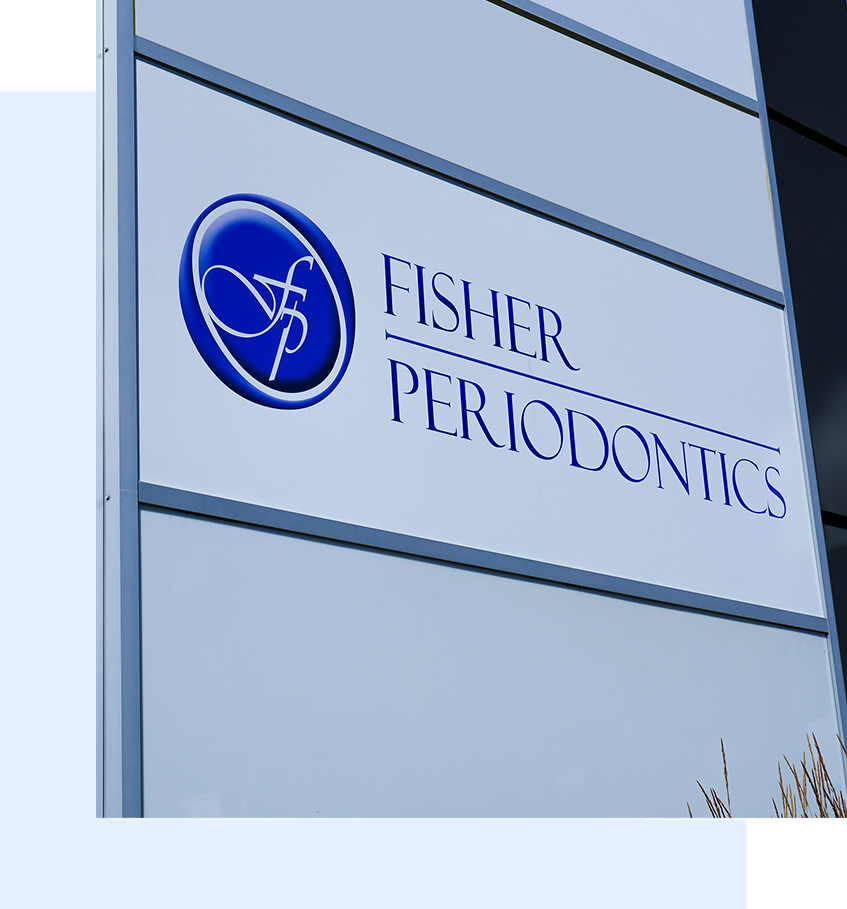Whether you’re curious about what periodontal diseases are, the signs to watch for, or how these conditions can be treated, we’ve got you covered.
We also provide insights into the different types of periodontal diseases, what to expect during a periodontal examination, and essential oral hygiene instructions. Additionally, you can learn more about root planing, a key treatment in managing periodontal disease.
Explore these resources to better understand your oral health and how we can help you maintain a healthy smile:

Periodontal diseases are infections and inflammatory conditions that affect the structures around the teeth, primarily the gums, but also the bone supporting the teeth. These diseases range from mild inflammation of the gums (gingivitis) to more severe forms that can damage the soft tissue and bone that support the teeth, potentially leading to tooth loss if not properly treated.
No, not all forms of periodontal diseases are the same. Periodontal diseases vary in severity, causes, and symptoms, ranging from mild inflammation of the gums to more severe conditions that can lead to tooth loss.
Periodontal diseases vary in form and severity, ranging from the reversible gingivitis to more advanced conditions like mild to severe periodontitis. Early detection and proper treatment are crucial to prevent progression and protect your oral health. If you notice any signs of periodontal disease, it’s important to seek professional dental care promptly.
Periodontal diseases can be treated through a combination of professional dental care and improved oral hygiene practices. The treatment approach depends on the severity of the disease, ranging from non-surgical methods to more advanced surgical procedures.
Treating periodontal diseases requires a comprehensive approach that may include both non-surgical and surgical methods. Early intervention and maintaining good oral hygiene are key to managing periodontal disease and preventing its progression. If you suspect you have periodontal disease, it’s important to seek professional dental care promptly to determine the best course of treatment.
Root planing is a deep-cleaning procedure designed to treat and prevent the progression of periodontal disease. It is often performed in conjunction with scaling, another deep-cleaning technique, to thoroughly clean the roots of your teeth and promote healthy gum reattachment.
Root planing involves the meticulous cleaning and smoothing of the root surfaces of your teeth. Over time, plaque and tartar can build up on the roots below the gumline, leading to inflammation, infection, and the development of periodontal pockets. These pockets create spaces where bacteria can thrive, further damaging the supporting bone and tissues.
Maintaining excellent oral hygiene is crucial for preventing periodontal disease and ensuring the longevity of your gum and tooth health. At our clinic, we emphasise the importance of daily care and provide personalised instructions to help you keep your mouth healthy between visits.